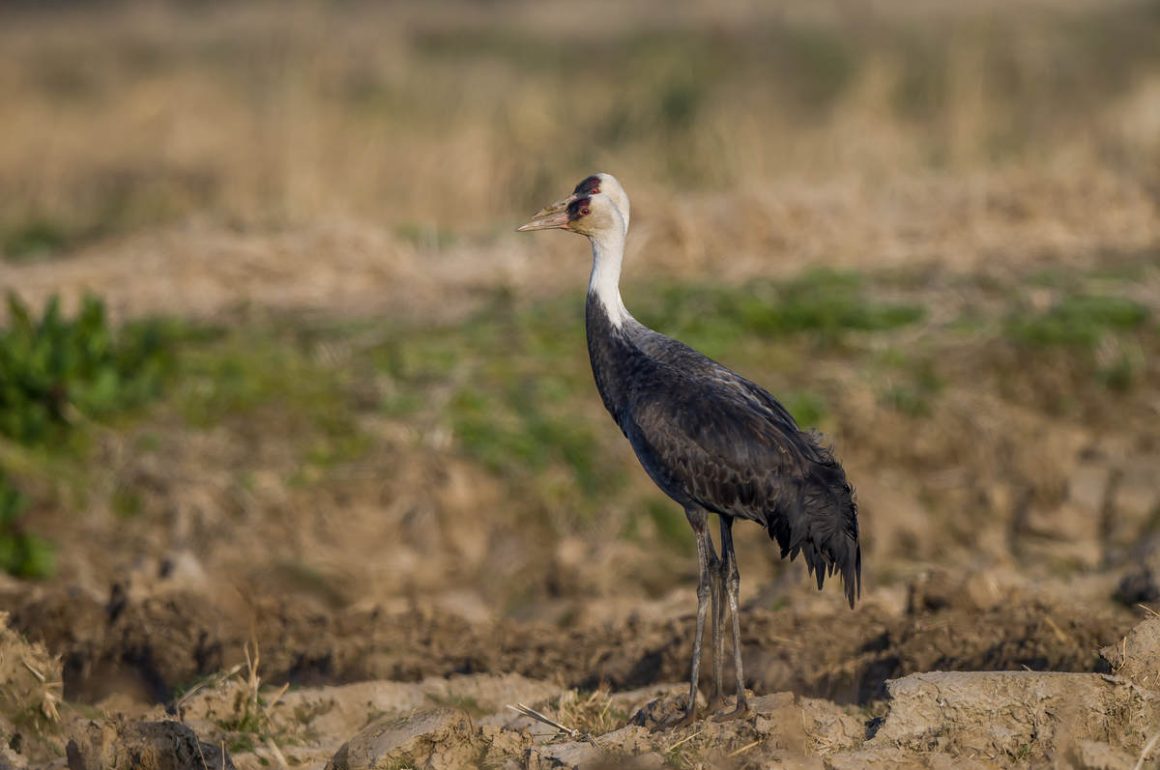
Strangely, one of the easiest birds to see on Chongming recently is the non-native Black Swan. Probably these are escapees from the nearby nature reserve or somewhere else. I guess I would therefore usually not include them in this post were it not for the information below.
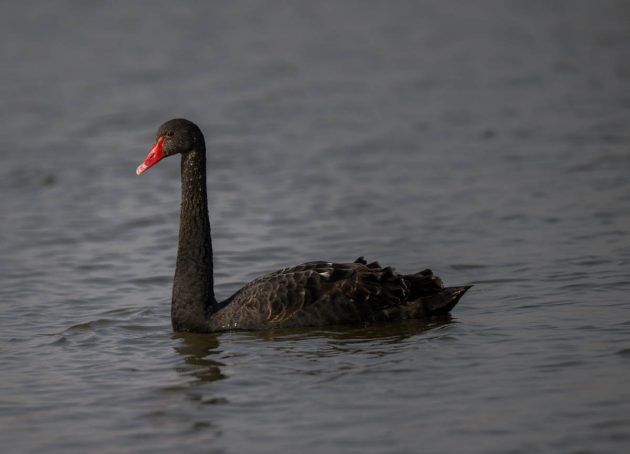
According to an article in the Guardian, “nearly a quarter of black swan families are parented by homosexual couples, the males sometimes mating with a female simply to have a chick. Once the egg has been laid, the female is chased away and the males hatch it.” This should make the bird somewhat unpopular with the socially rather conservative Chinese government – maybe the birds in China do not show this behavior in order to adapt to local customs? On the other hand, given China’s low birth rate, they might serve as an example for the future. Other research (cited on the rather straightforwardly named website www.genderinclusivebiology.com) found that 80% of gay swan couples successfully fledge their young, compared with only 30% for straight couples. The main reason seems to be a better sharing of the workload in the more equal same-sex couples – something that is hardly irrelevant for humans.
(Irrelevant side note: Being straight myself, I always thought that one of the advantages of being gay is that probably you will be bothered much less about having kids. Then again, the swan example may indicate that I am wrong about this, too – as I was when thinking that with all kinds of sexual orientations becoming more accepted, the idea of marriage would eventually fade away. Boy, was I wrong about that)
Strangely, the HBW does not mention homosexual black swans at all. Homophobia?
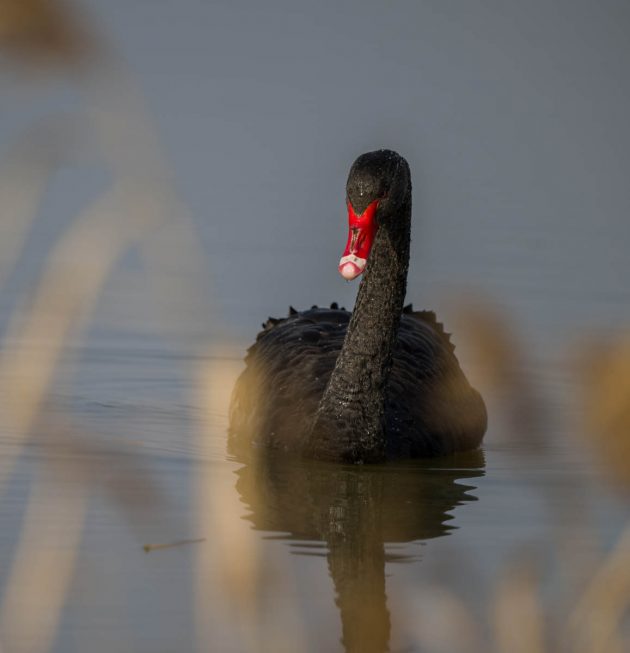
Another swan – a Whooper Swan – showed up near Fengxian. A juvenile, if I am correct – and a rather rare bird in Shanghai, this being rather at the southern end of the wintering breeding range. Not sure about his/her sexual orientation.
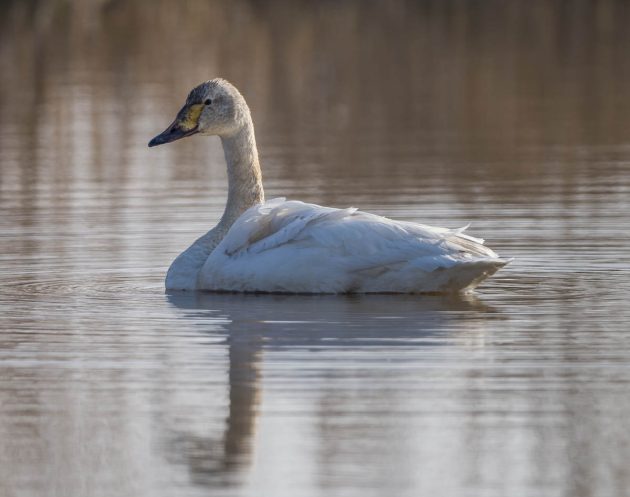
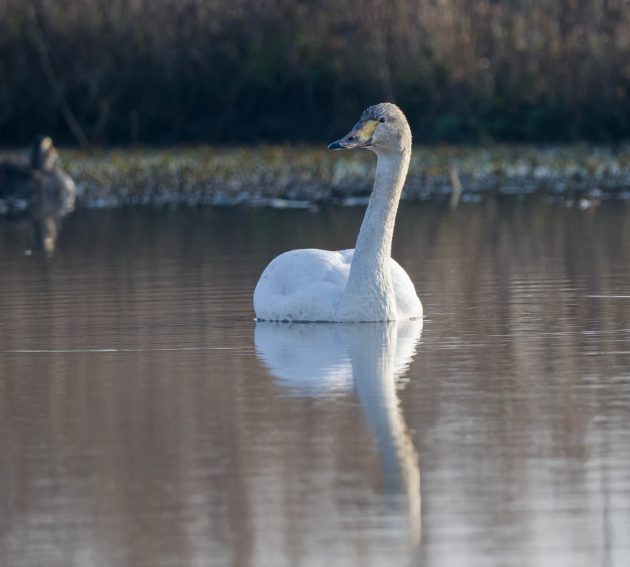
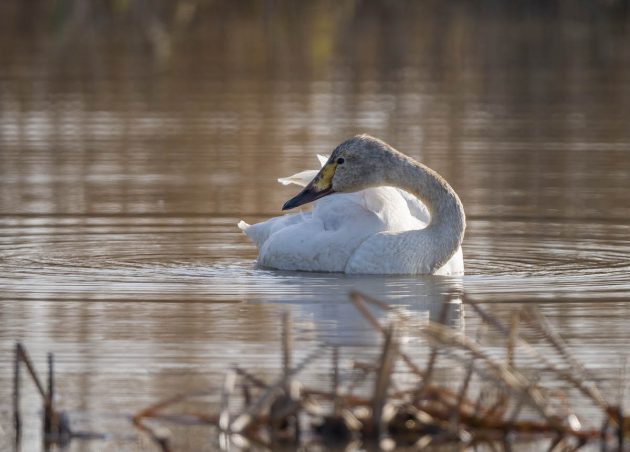
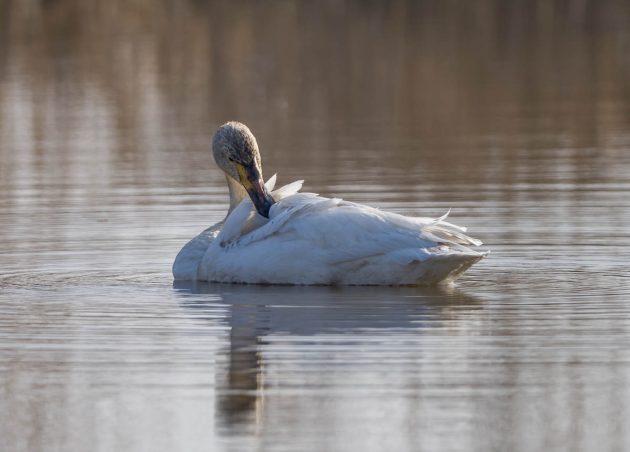
If you want to know what the apocalypse will look like for birders, you might want to listen to “Jazz on the autobahn” by the Felice Brothers.
“She said this is what the apocalypse will look like
A tornado with human eyes
Poisoned birdbaths and torrents of chemical rain”
(Note for German speakers: “autobahn” is English for “Autobahn”).
(Additional note: the song also has the line “he drove through the principalities of unreality” – not having any clue what this means does not keep me from thinking that it sounds very cool).
Fortunately, the birdbath of these Eurasian Siskins on Tianmashan is still unpoisoned.
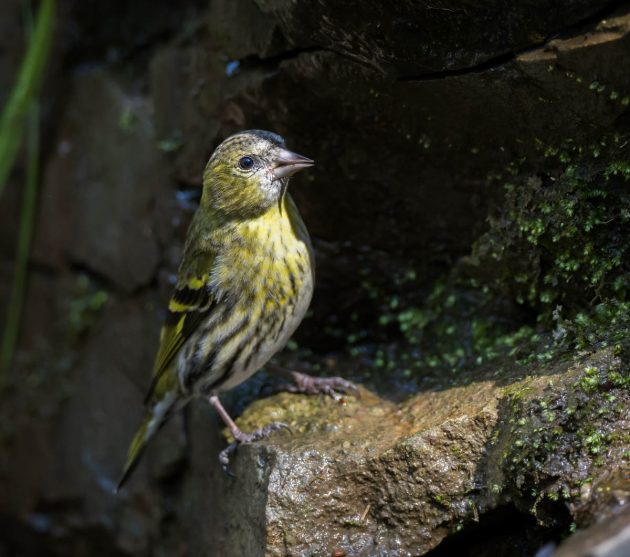
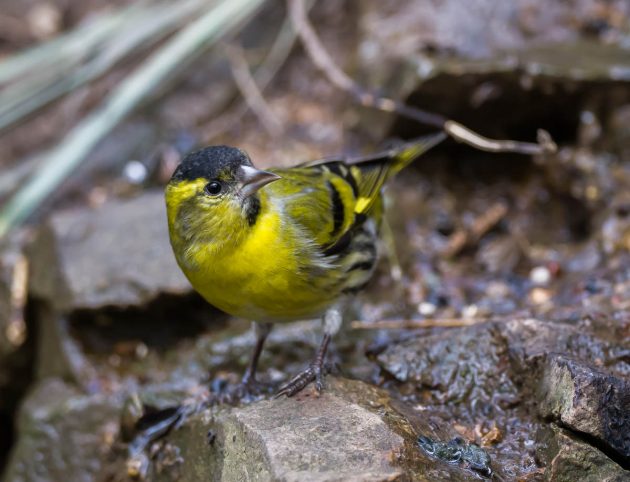
Another good song featuring both the apocalypse and birds is “Birdwatching” by The Burning Hell. I thought I needed to mention this.
My possible birdwatching highlight this month was Short-eared Owl at Fengxian.
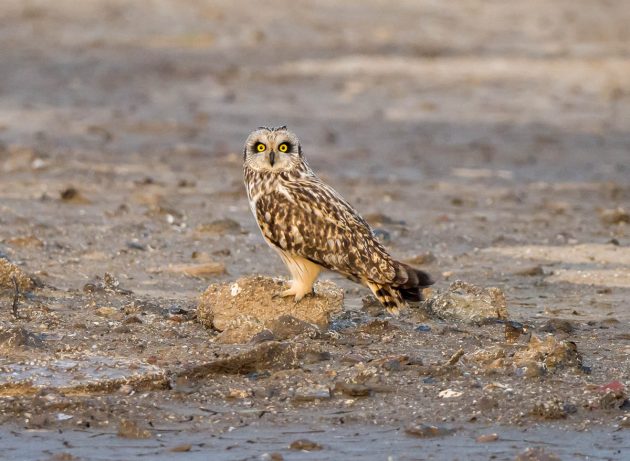
eBird seems to be critical of this species’ work ethics, stating that “it flies lazily over open fields or marshes”. Maybe the owl is just sleepy, not lazy.
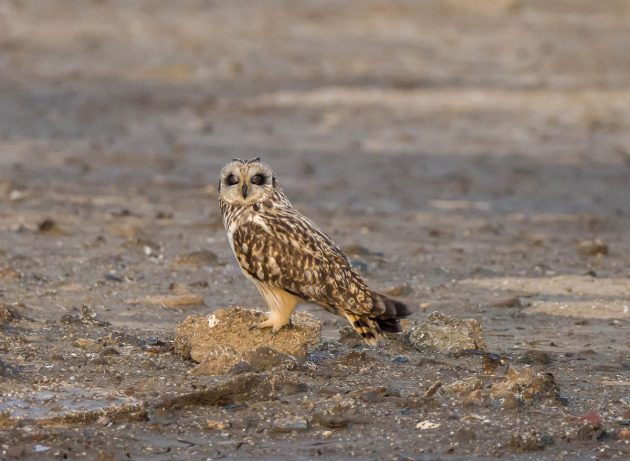
Despite (or because of) its slightly anti-German tone, this owl video is worth seeing.
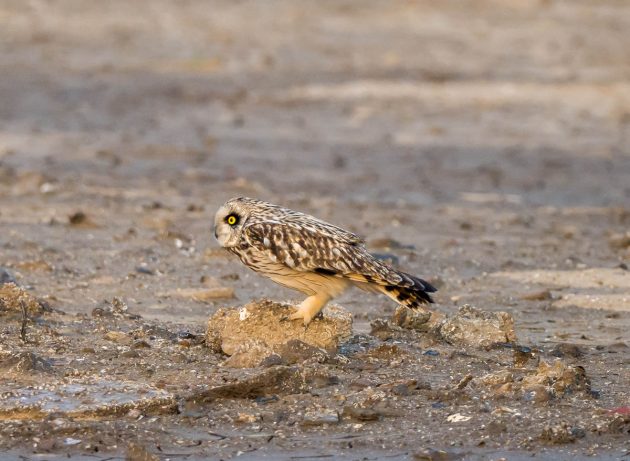
And now for something completely different (Monty Python): It seems birds are generally quite adept at matching their plumage color with the plastic objects around them. To witness: A Eurasian Teal (Chongming Island) …
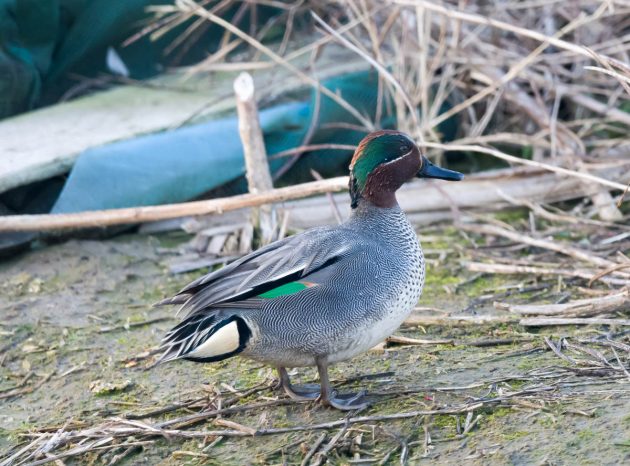
… and a Blue Rock Thrush (Fengxian).
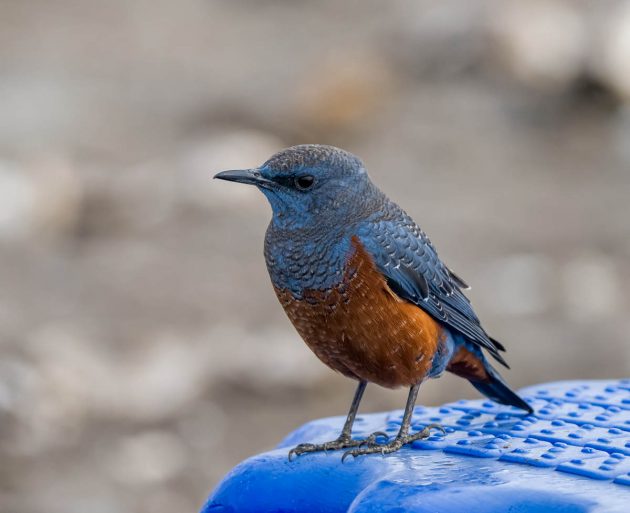
Usually, if somebody speaks of a highly distinctive gull, they are probably lying. Still, I am relatively sure it was indeed a Black-tailed Gull I saw at Fengxian, despite failing miserably to match it with the eBird description as “a distinctly long-winged, long-billed gull”. The one I saw went for some distinctly unappealing food …
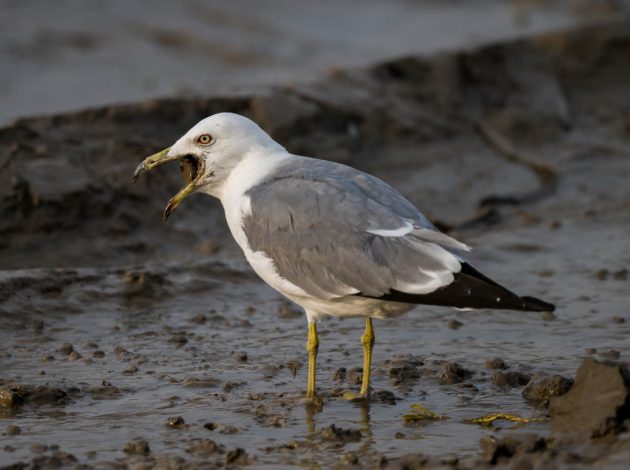
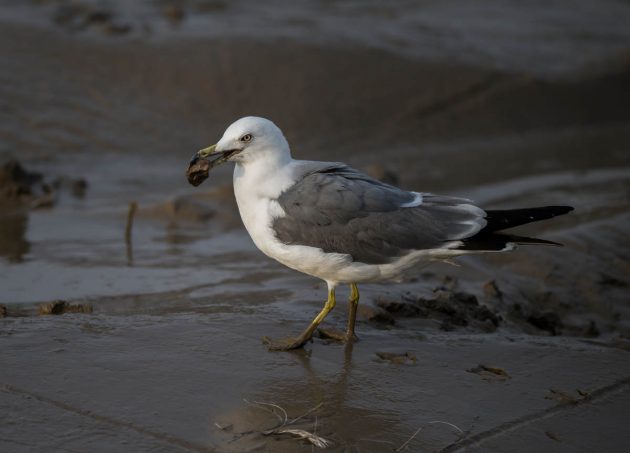
… and almost threw up.
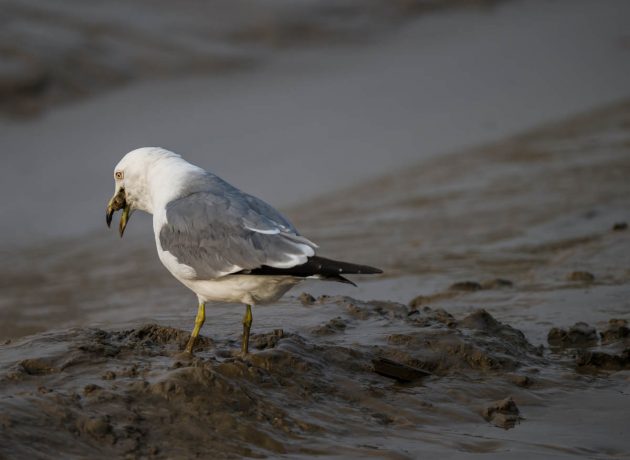
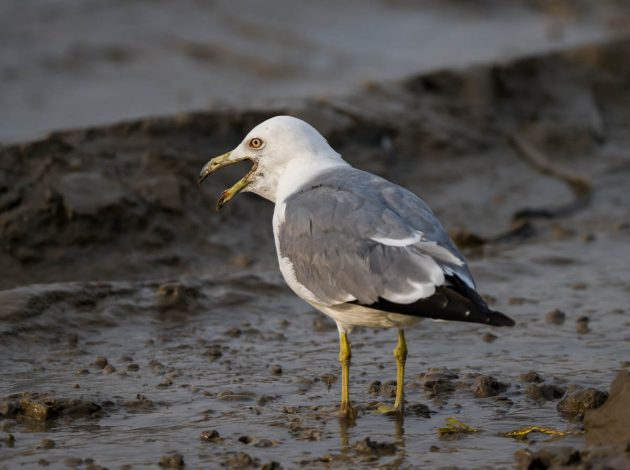
Near the gull, a lone Common Crane looked a bit lost.
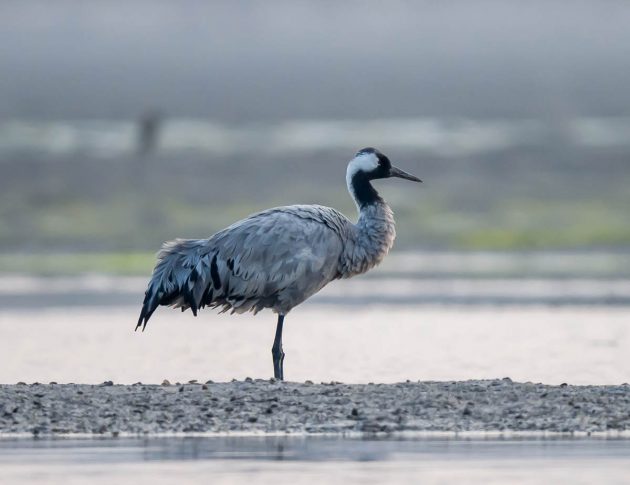
A Common Snipe relied so much on being invisible that I could take photos from about a distance of 7 or 8 meters while staying inside the car.
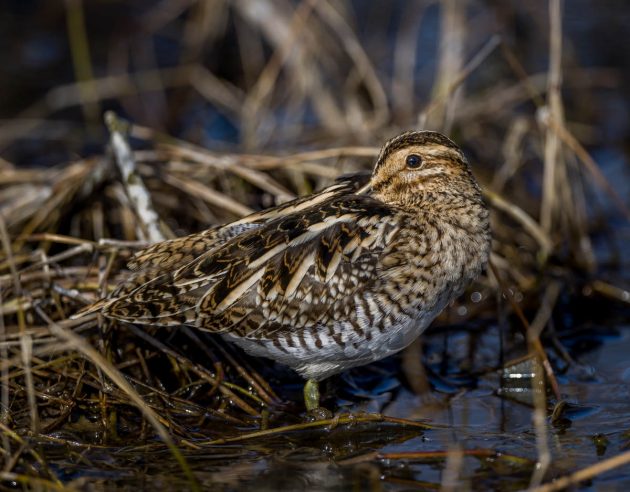
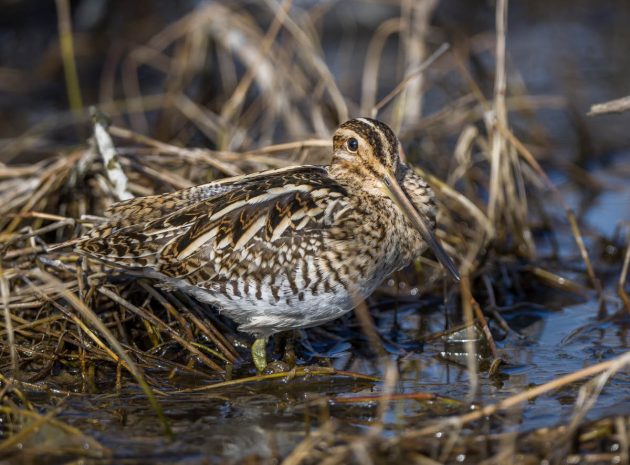
The Japanese Tit I saw at Fengxian seems like a good opportunity to quote one of my birding friends: “I remember searching Japanese Tit on google when I just started birding and it didn’t end up well”
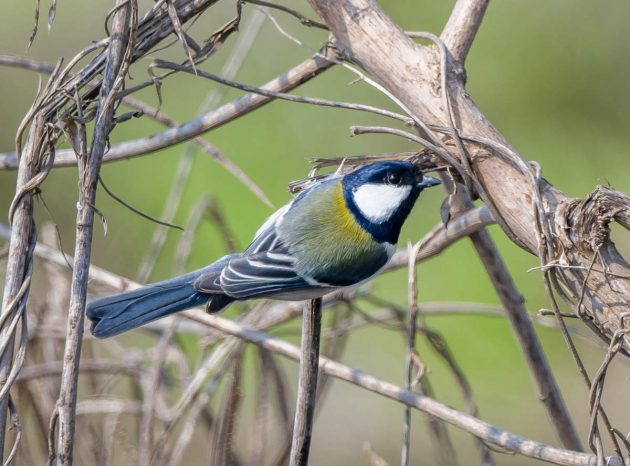
(I know, it is always the same joke, but these variations can be funny in themselves. I think.)
Whenever there is a costume party among the birds of Shanghai, you can always tell the laziest Chinese Penduline Tits as they invariably dress up as Long-tailed Shrikes.
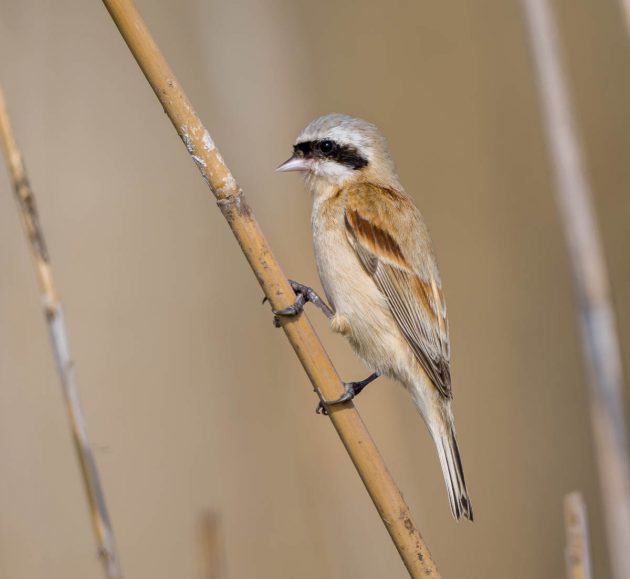
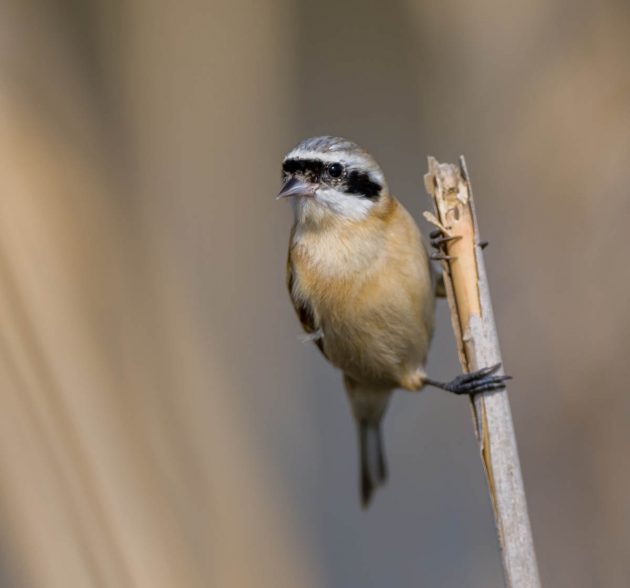
Last month’s Common Cranes on Chongming Island were still there …
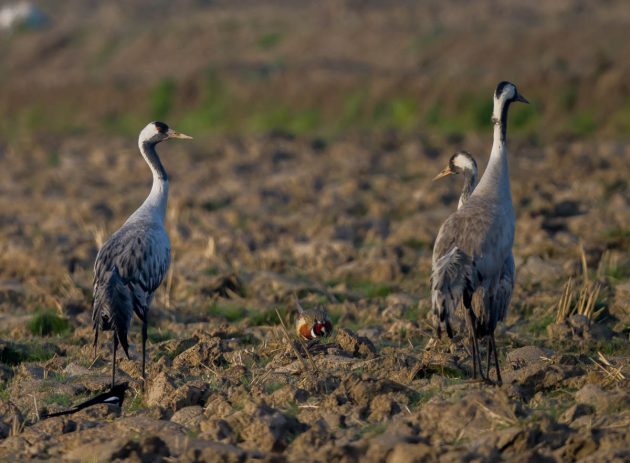
… the typical Chinese family – anything more than one chick would be far too expensive. It seems they kept a pheasant as a pet for the chick. Much cheaper than a brother or sister.
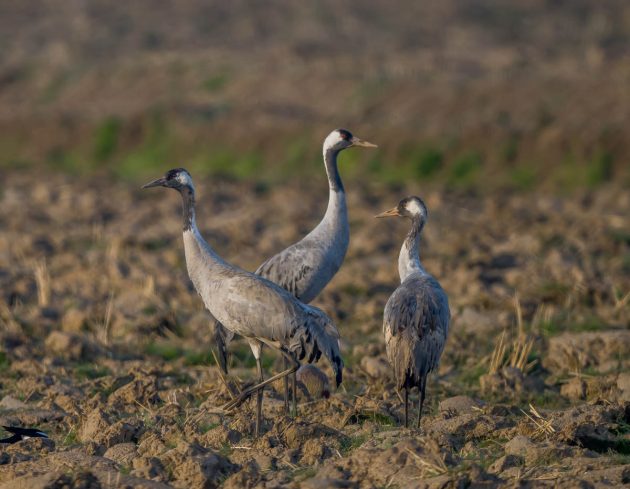
They were joined in the same rough area by a slightly larger flock of Hooded Cranes.
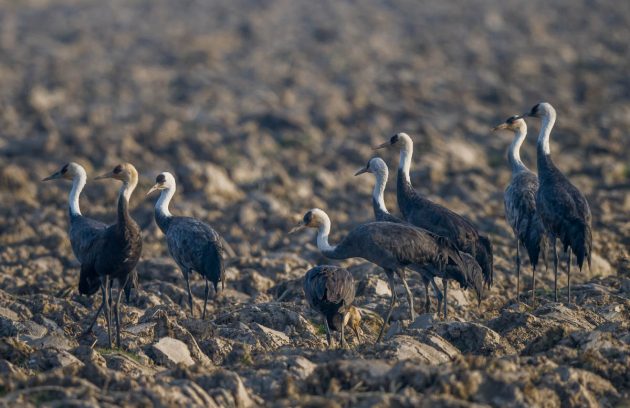
The species is listed as Vulnerable, with severe degradation of the wintering lake habitats in China cited as an important factor.
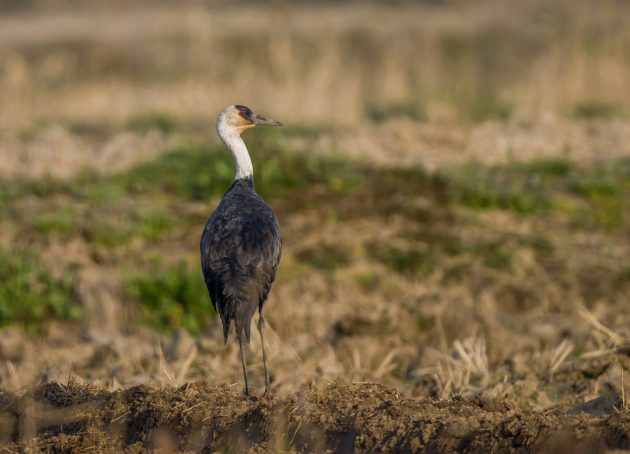
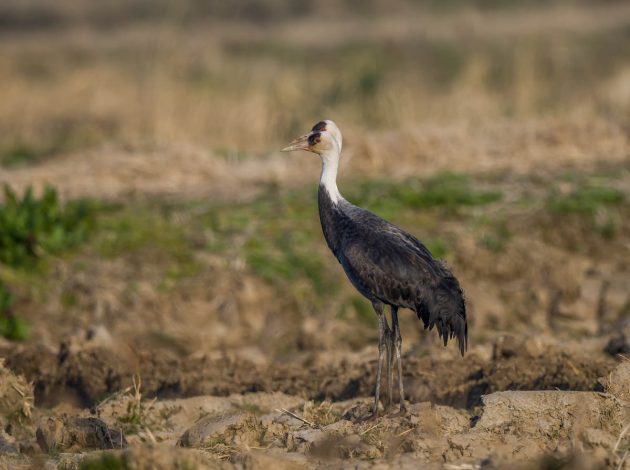
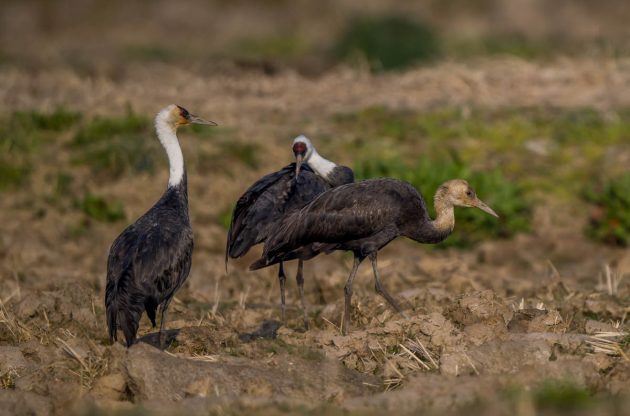
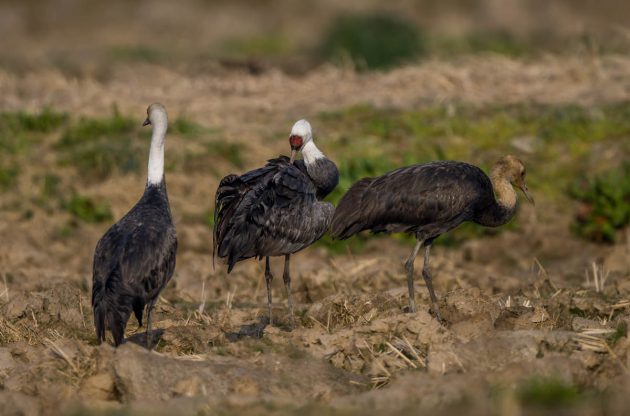
Just a kilometer or so away, there were some wintering Black-faced Spoonbills, which are listed as Endangered. The metro line that is being built from the center of Shanghai to Chongming Island will hopefully make it easier for these threatened birds to take up well-paid city jobs and thus guarantee their survival as a species.
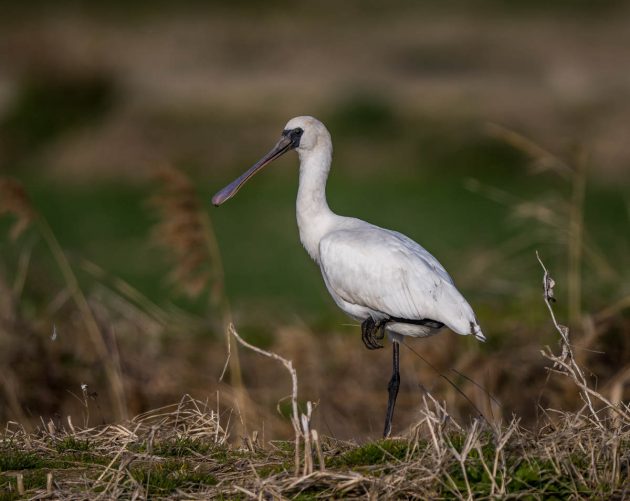
Though of course, competition for these jobs from Eurasian Spoonbills is fierce.
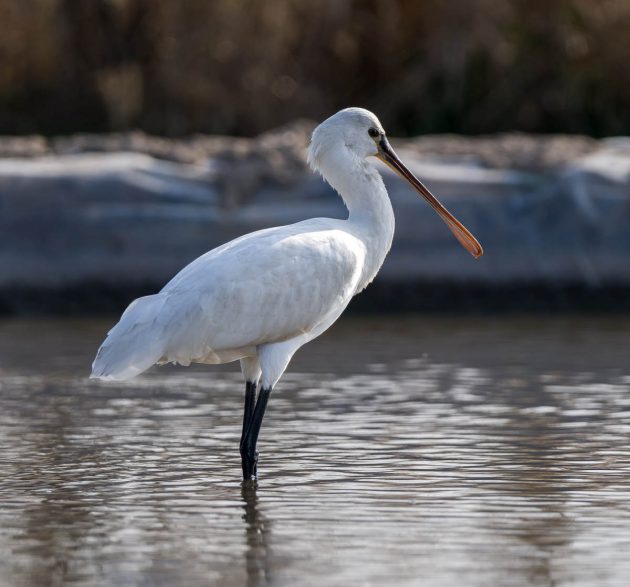
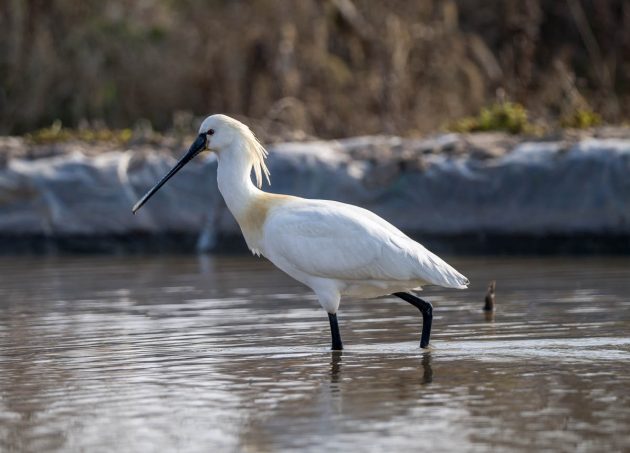
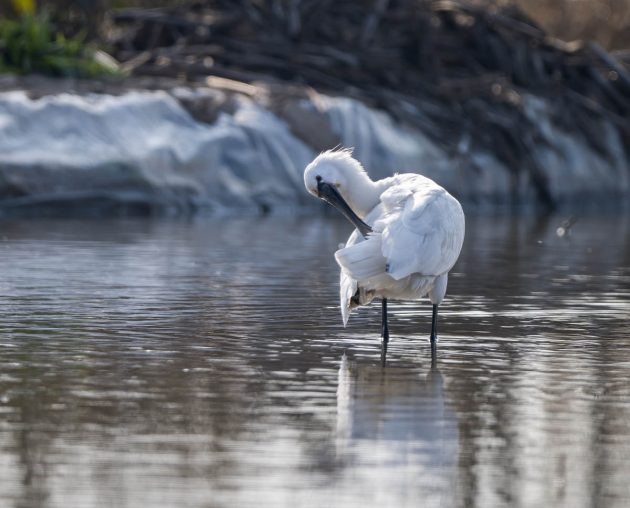
When I show bird photos to non-birders, they often seem to be the most impressed by very common birds such as Little Egret (Chongming Island).
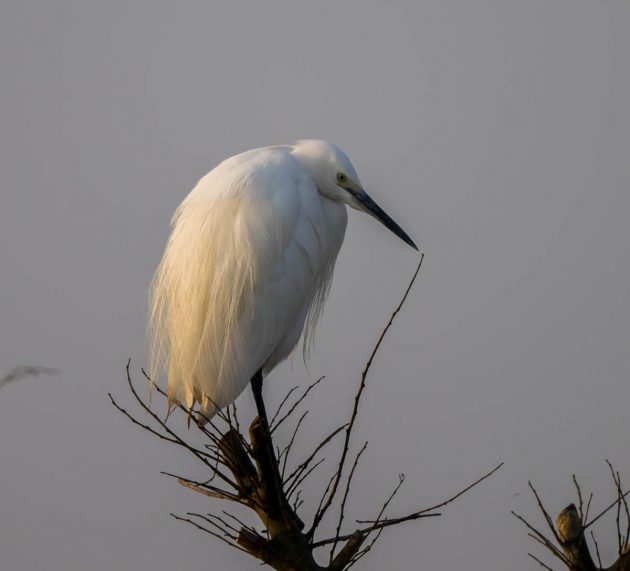
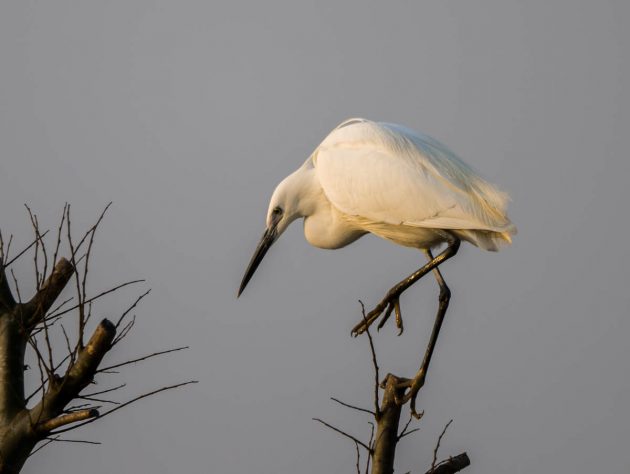
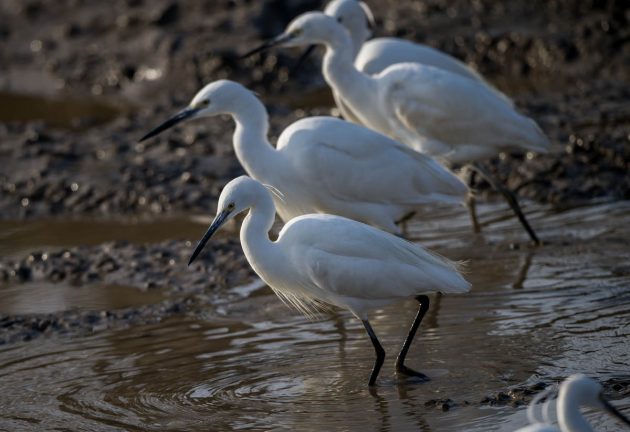
At Fengxian, a Little Egret enjoyed slightly less muddy waters.
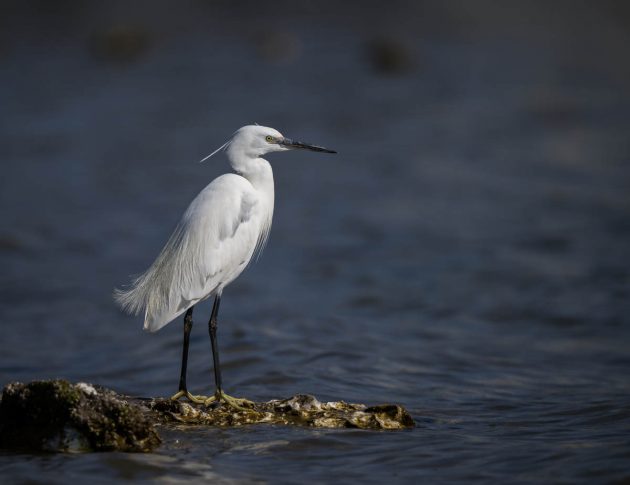
Describing the Pale Thrush (seen at Tianmashan), eBird incongruously combines a half-hearted apology for the name of the species with a mild insult: “Although not actually pale, this brownish songbird is one of the plainer thrushes in its range.” (“though she is not actually fat, she could certainly lose a few pounds”)
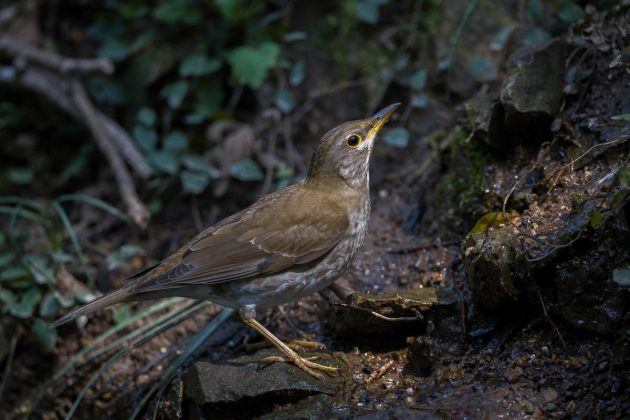
The Tundra Bean Goose (Chongming Island) is considered a separate species from the Taiga Bean Goose by some authorities but not by others. It seems that the “taiga and tundra bean goose diverged about 2.5 million years ago and established secondary contact ca. 60,000 years ago, resulting in extensive gene flow” (source). No wonder species definitions are so problematic.
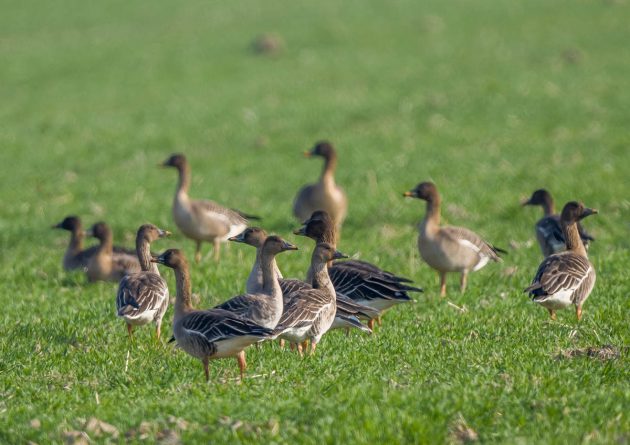
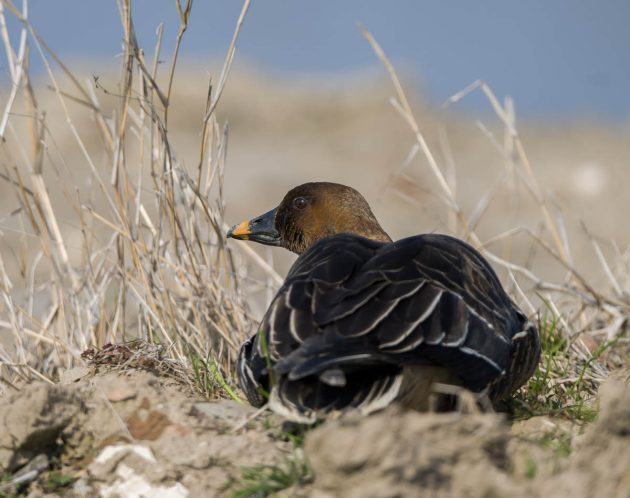
A White-cheeked Starling on Chongming Island pretended to be a trapeze artist.
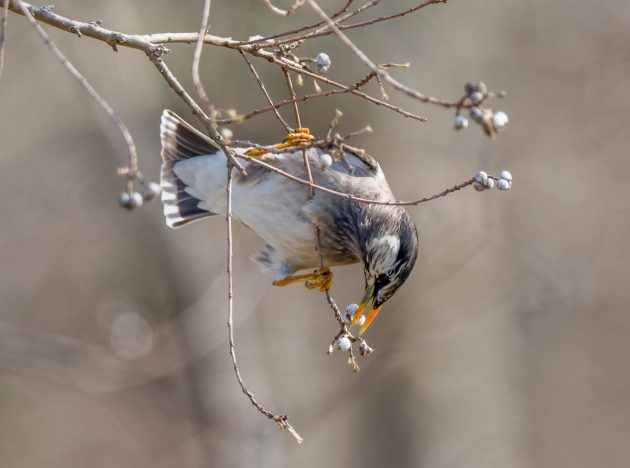
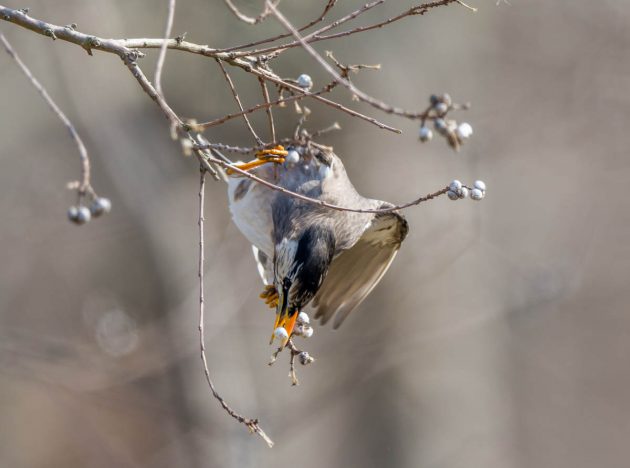
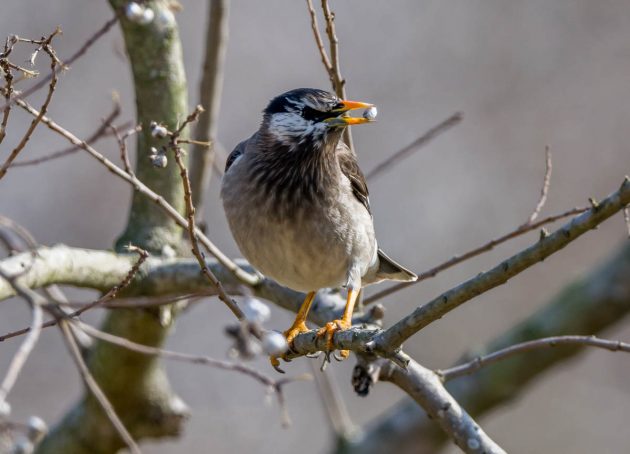
With the bird-friendly parts of Nanhui getting smaller and smaller, Chongming Island is now probably the best place to see the Reed Parrotbill.
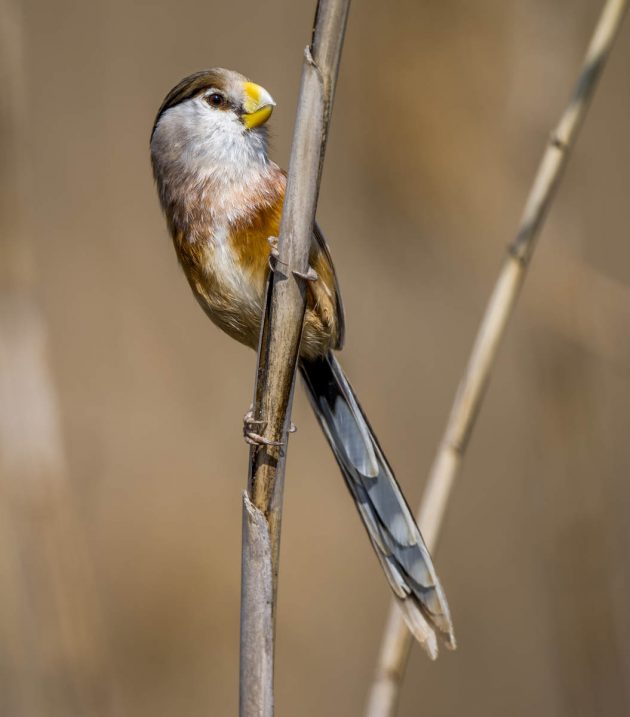
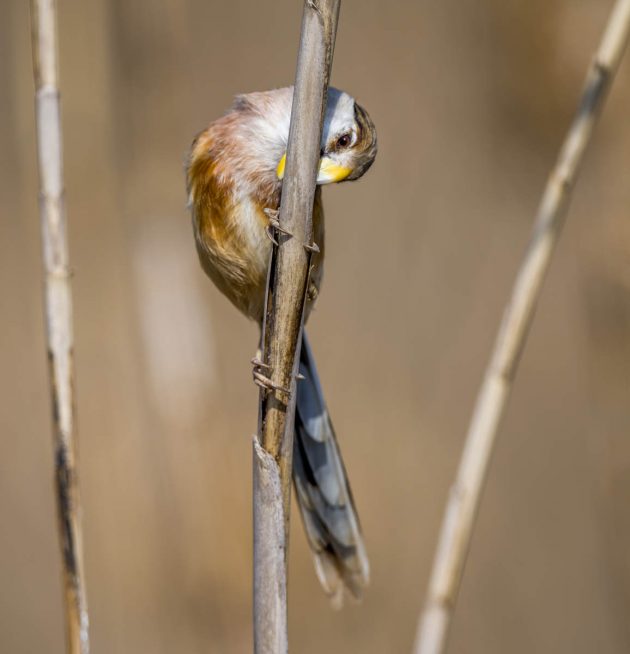
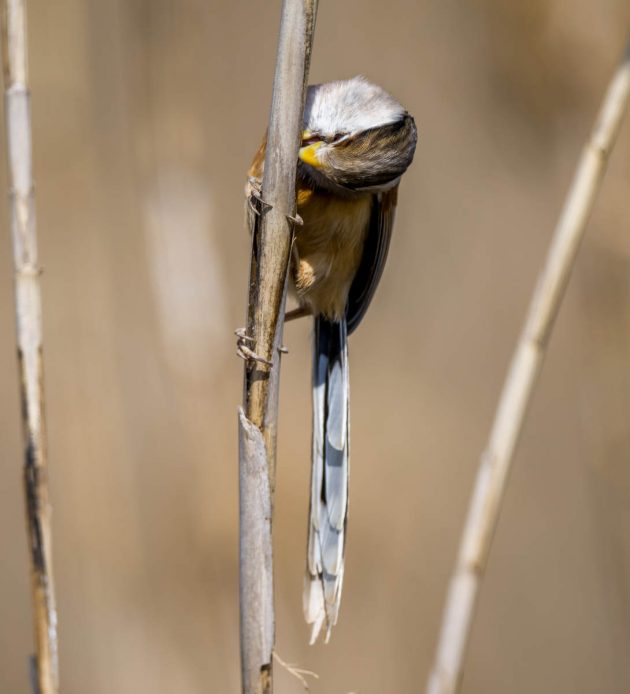
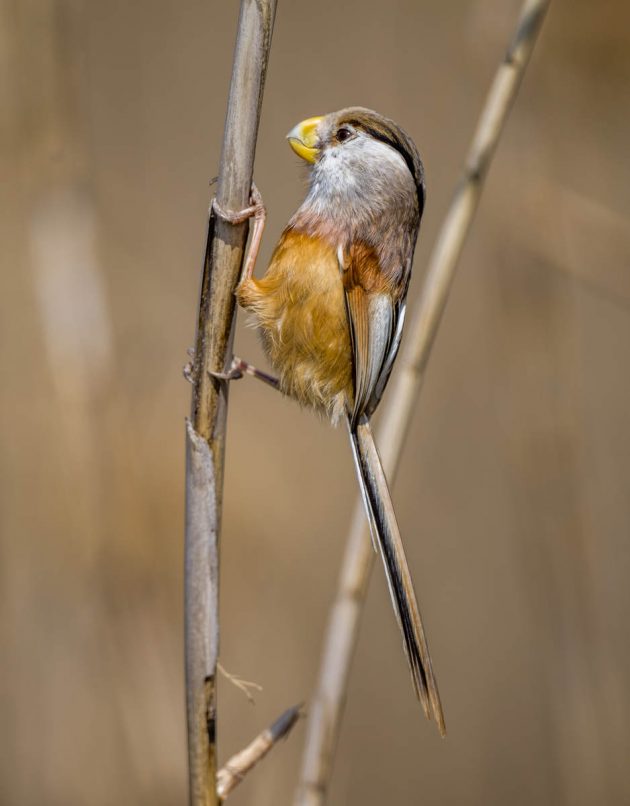
While they spend the winter here, the Rustic Bunting (listed as Vulnerable) will leave for its breeding grounds in Siberia soon.
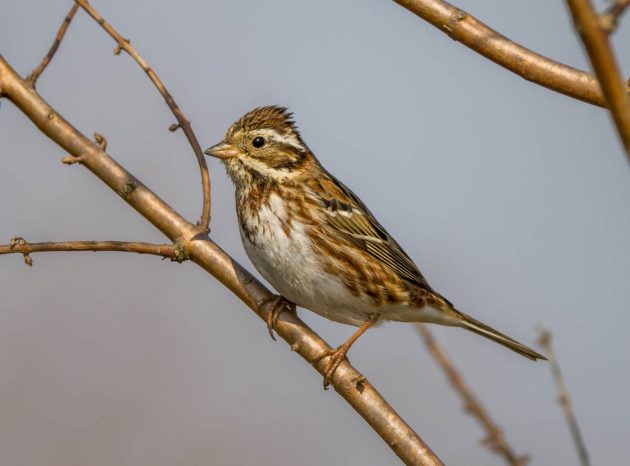
So will the Red-flanked Bluetail.
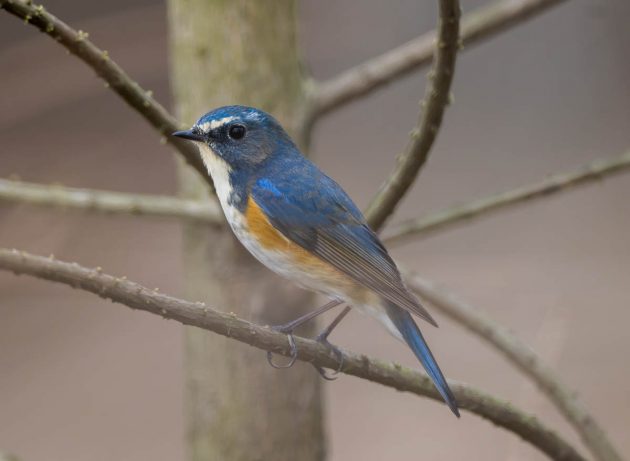
Apparently, a group of loons can go by many names, including a raft, a water dance, a cry, and an asylum (though I have to say some of these sound a bit made up to me). As I only saw one loon at Fengxian (a Red-throated Loon), I do not have to choose a collective noun anyway.
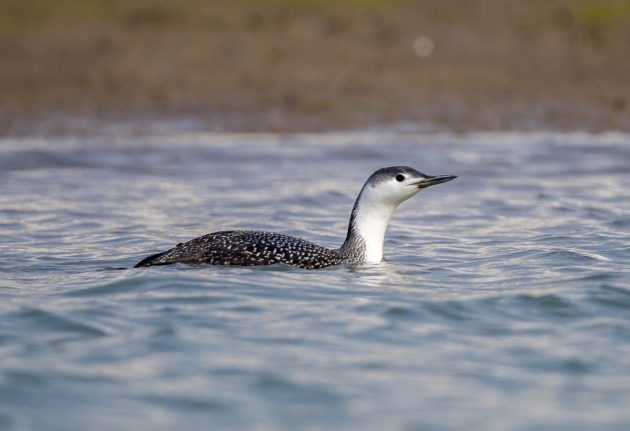
It turns out that this species is kind of a loon for poor people, something that HBW elegantly hints at: “Loons typically evoke images of broad, picturesque lakes, striking black and white breeding plumage, and melodic territorial yodels. The Red-throated Loon does not fit this archetype. Instead, this smallest member of the family Gaviidae breeds in small arctic and boreal lakes, bears relatively plain gray plumage … and utters a call during breeding that is generously described as cacophonous.”
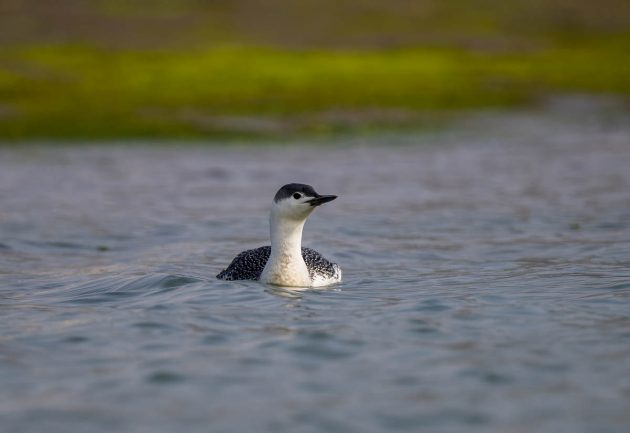

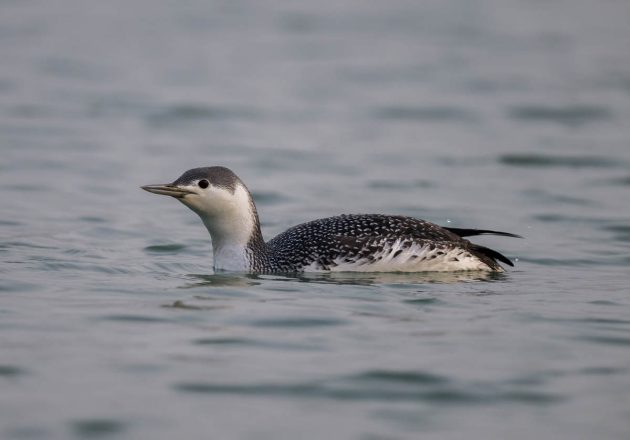
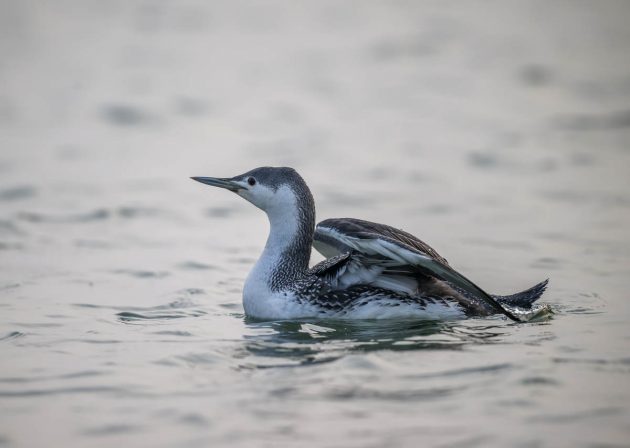
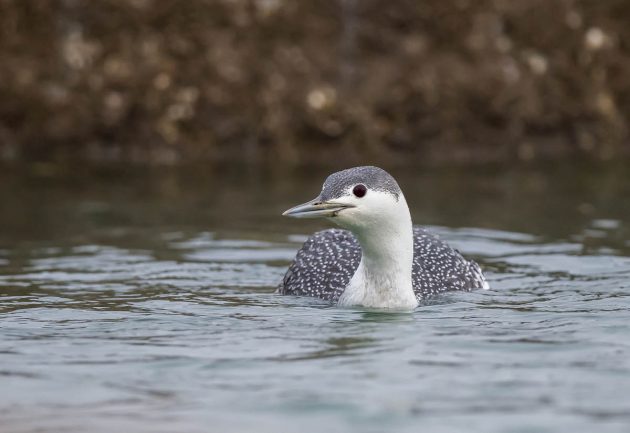
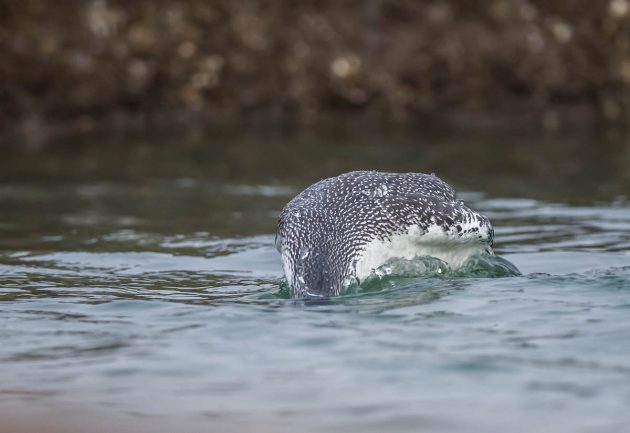
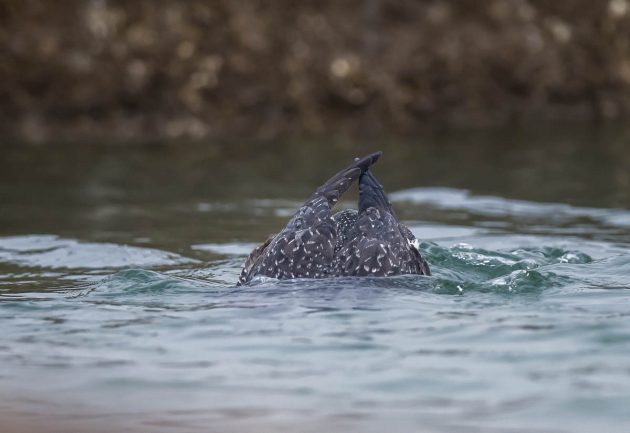
How is this for the last photo of the post?
I know you are not wondering about it, but were you to wonder why this post only covers the first half of March 2022, here is the explanation. I have been under lockdown in my Shanghai compound since March 16, a lockdown that was announced to last 2 days but that is now in day 20 and seems very likely to continue for a while. Though I saw a few birds during this period within my compound (see separate post), they are not really that exciting. Hopefully, April will have more birding days again, though, given the current development of covid in Shanghai and the government reaction, I am not very optimistic.











As usual, great pictures and entertaining text – makes me want to come to China. Hope that you are released from lockdown soon!
Great Post Kai! Very sorry about the lockdown.
I’m following your situation closely from Mexico, wishing there were something I could do. Does international celebrity help at all?
Kai, thank you so much for this post. I have been following your comments about the extremely difficult situation being experienced by you and your wife under lockdown. I can’t imagine what it must feel like, but if it helps at all, I am thinking of you. Your humour and seeming grace, are inspiring. And I wanted to let you know how much I appreciated this post and your comments about the homosexual Black Swans and their parenting. As a homosexual myself and the mother of a homosexual son, the information had a particular resonance. And yes, we do find ways of breeding! And as a consequence I have a young grandchildren. By coincidence, yesterday we took my toddler grandson to a lake, and he encountered his first Black Swans. The child lives surrounded by bushland teeming with bird life and at his birth I presented him with a little book with images of 12 common Australian birds and buttons to push so you can hear their calls. The boy refers to all adults with the generic term ‘dad’, but can say (Sulphur Crested) Cockatoo, Magpie and Peewee either by seeing them or just hearing their calls! His wide-eyed delight at seeing such large birds as Black Swans for the first time was a joy to behold. I think I’ll wait a few years before going into detail with him about the Swans parenting styles/sexual orientation!
Thanks for your comment, Diana! Really makes it worth writing this blog.